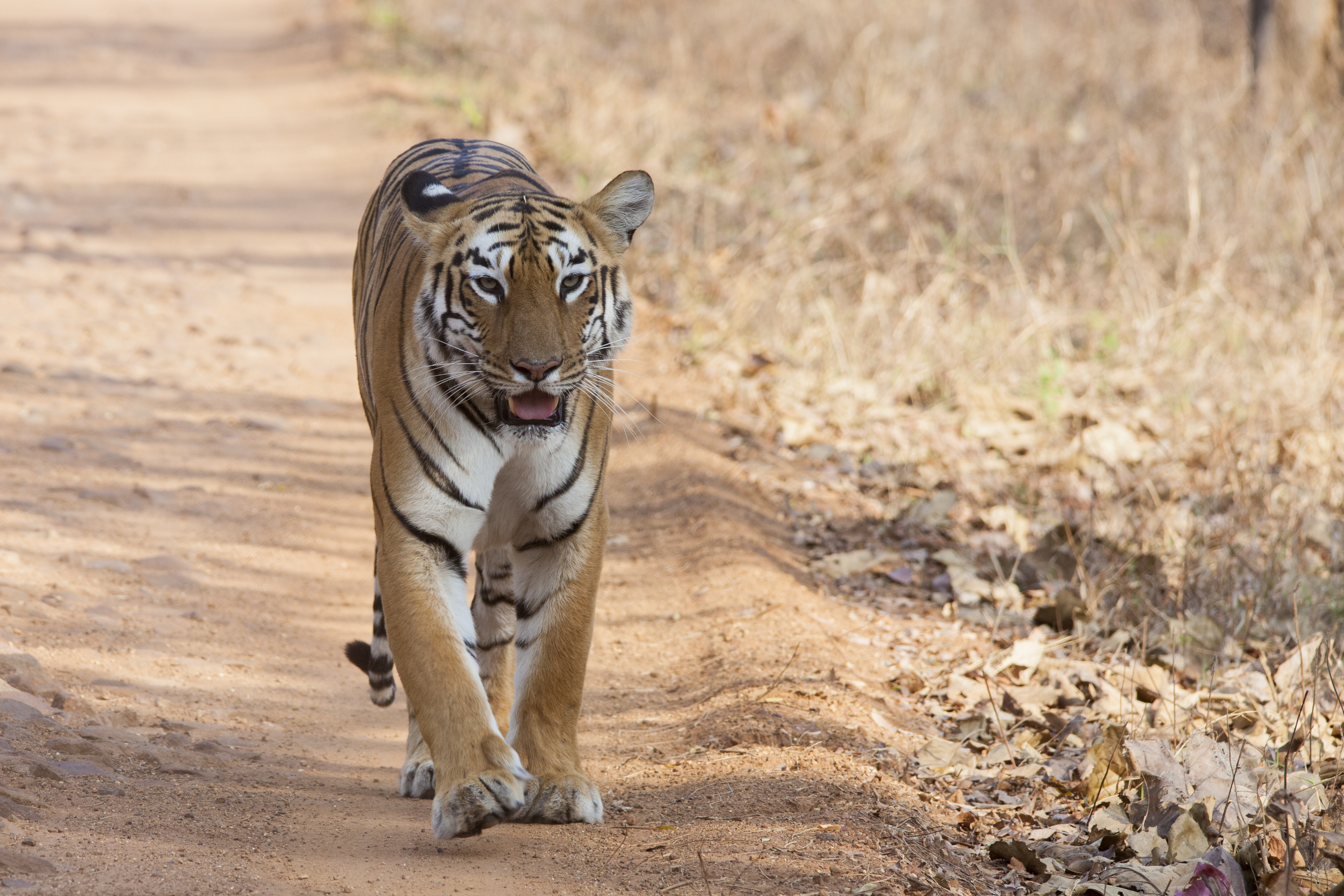The Kawal Tiger Reserve represents a remarkable ecosystem nestled in the northern part of Telangana, embodying a complex narrative of wildlife conservation and human interaction. Established in 1965 as a wildlife sanctuary and elevated to tiger reserve status in 2012, this landscape offers a profound glimpse into India's conservation efforts and ecological diversity.
Geographically situated in the Deccan Plateau, the reserve encompasses a rich tapestry of biodiversity characterized by teak and bamboo forests, intricate riverine systems including the Godavari River, and diverse habitats supporting numerous wildlife species. The region's unique topography creates a critical corridor for tigers, leopards, gaur, and numerous bird and reptile species, making it a significant component of central India's tiger conservation landscape.
The socio-ecological context of Kawal Tiger Reserve is deeply nuanced, involving complex interactions between wildlife preservation, tribal communities, and governmental conservation strategies. The process of establishing and maintaining the reserve has involved delicate negotiations around village relocations, community integration, and balancing human needs with wildlife protection. These challenges reflect broader national debates about conservation, indigenous rights, and sustainable ecological management.
The reserve's infrastructure has been carefully developed to support both conservation objectives and limited eco-tourism. Checkposts, patrolling camps, and protective measures have been implemented to minimize human-wildlife conflict and safeguard the core habitat. These strategic interventions aim to create a sustainable model where wildlife preservation and controlled human interaction can coexist harmoniously.
Recent governmental proposals to create a conservation corridor connecting Kawal with Tadoba Tiger Reserve in Maharashtra underscore the strategic importance of this ecological zone. Such initiatives highlight the growing recognition of landscape-level conservation approaches that transcend administrative boundaries and focus on maintaining ecological connectivity for wide-ranging species like tigers.
The cultural dimensions of Kawal Tiger Reserve extend beyond its ecological significance. Local tribal communities have historically maintained a deep, symbiotic relationship with the forest, possessing intricate knowledge about its ecosystems, wildlife behaviors, and survival strategies. Their traditional ecological wisdom offers invaluable insights into sustainable cohabitation with wilderness.
From a conservation perspective, Kawal Tiger Reserve represents more than a protected area—it embodies a living laboratory of ecological restoration, wildlife management, and human-nature interactions. The ongoing efforts to protect, study, and sustainably manage this landscape contribute meaningfully to broader national and global biodiversity conservation strategies.
As climate change and habitat fragmentation increasingly threaten wildlife ecosystems, reserves like Kawal become critical nodes in maintaining biodiversity, protecting endangered species, and preserving the intricate ecological networks that sustain life. The reserve stands as a testament to the delicate balance between conservation imperatives and the complex social-ecological systems that define our natural world.





